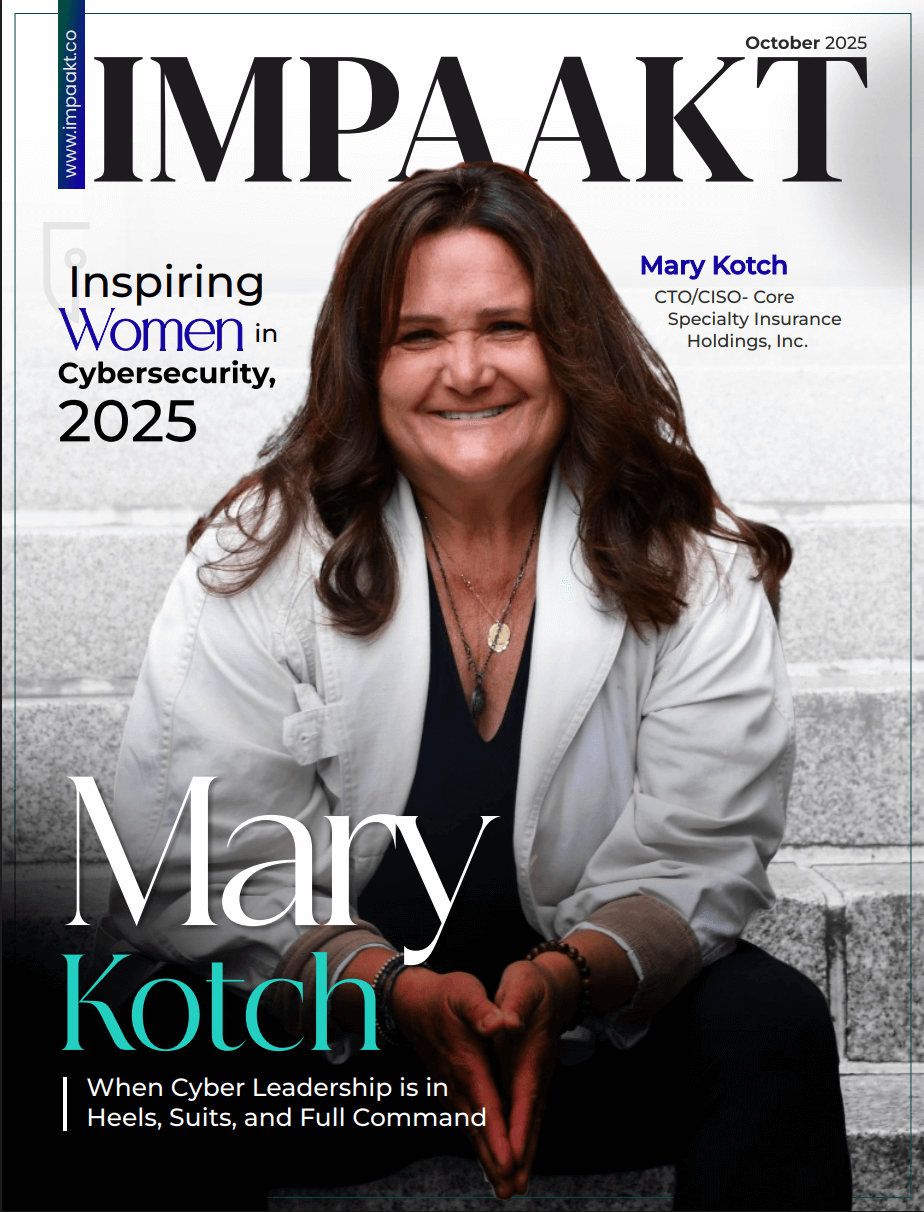Elon Musk has a knack for the unconventional. Remember the Tesla Cybertruck that rolled onto stage looking like a stainless-steel origami masterpiece? Or the Boring Company tunnelling under Los Angeles for a supersonic Hyperloop taxi? It’s safe to say, the man likes to shake things up.
So, it’s no surprise that even with SpaceX, his rocket company revolutionizing spaceflight, the magic isn’t just about the fiery roar of launch fuel. In fact, the real SpaceX’s Secret Ingredient rockets might surprise you: it’s not rocket fuel.
What’s the True Driver of SpaceX’s Success?
While liquid oxygen and kerosene certainly play a critical role in blasting Falcon 9s and Heavy Dragons skyward, they’re merely the stage actors in a much bigger play. The true star of the show? Iteration. Yes, that seemingly mundane business term – testing, failing, iterating, improving – is the fuel that propels SpaceX’s relentless advancement.
Unlike competitors stuck in the slow waltz of traditional aerospace development, SpaceX embraces a breakneck foxtrot of rapid prototyping. Think Grasshopper, the squat, grasshopper-legged beast that hopped and tumbled its way towards reusability, paving the path for the graceful landings of Falcon 9 boosters today.
Then there’s Starhopper, the stainless-steel behemoth that danced skyward in experimental hops, paving the way for the Starship, a spacecraft aiming for Mars. These aren’t mere test flights; they’re learning labs, each stumble feeding invaluable data into the next iteration.
Falling to Fly Better
The benefits of this relentless waltz are manifold. Costs plummet. Flaws are identified and fixed early, before they inflate into expensive overhauls. Innovation, fueled by constant experimentation, becomes the norm, not the exception.
It’s this nimble dance that allowed SpaceX to achieve the seemingly impossible: reusable rockets, a feat long relegated to science fiction. And it’s the same dance that propels their Starlink constellation, thousands of satellites strong, towards blanketing the globe with high-speed internet.
Falcon 9’s Dance with the Earth, Powered by Iteration
Take the Falcon 9. Its reusability, a cornerstone of SpaceX’s affordability, wasn’t a one-step leap. It was a tango of over 20 Falcon 9 versions, each iteration building on the lessons learned from the fiery demise of its predecessors. The first barely made it off the pad, while the latest gracefully land on drone ships like seasoned astronauts. It’s a testament to the power of falling fast and learning even faster.
Similarly, Starlink wouldn’t exist without the iterative salsa of test satellites launched throughout 2019 and 2020. Each iteration refined the design, mitigated risk, and ultimately allowed for the unprecedented deployment of thousands of satellites in under two years. It’s a feat that would bring traditional aerospace companies to their knees, their ways ill-equipped for the new space age.
A Galaxy of Satellites
But iteration isn’t just a SpaceX quirk. It’s a ripple effect spreading across industries. Startups are embracing rapid prototyping, testing their ideas in the real world, not sterile boardrooms. Even established giants are taking notice, realizing that the age of the slow, calculated waltz is giving way to the era of the dynamic, adaptive foxtrot.
Beyond SpaceX: The Infectious Beat of Iteration
Of course, this isn’t a one-size-fits-all solution. Iteration demands agility, a tolerance for risk, and an ability to learn from failure. It’s not for the faint of heart, not for those who cling to the comfort of rigid plans and calculated steps. But for those willing to embrace the messy, exhilarating process of constant learning, the rewards are immense.
Why Traditional Aerospace Needs a New Rhythm?
The traditional approach to aerospace, with its emphasis on thorough planning and slow, deliberate development, simply can’t keep up with the rapid pace of innovation driven by iteration. Think of it as trying to tango in ballet shoes – the fluidity and agility required are simply incompatible.
Embracing Risk and Learning from Every Stumble
Iteration thrives on a willingness to take risks, to embrace failure as a learning opportunity rather than a crippling setback. SpaceX understands that not every prototype will soar; some will inevitably stumble and crash. But each of these stumbles provides valuable data and insights, propelling the next iteration closer to success.
This iterative approach isn’t just transforming spaceflight. It’s spreading its infectious beat across a range of industries, from biotechnology to software development. Companies are realizing that embracing rapid prototyping, testing, and iterating can lead to faster innovation, improved products, and a more competitive edge.
So, the next time you face a seemingly insurmountable challenge, remember SpaceX’s secret ingredient. Ditch the slow waltz of hesitation and embrace the messy, dynamic dance of constant learning and improvement.
Start small, experiment often, and don’t be afraid to stumble!
Discover how iterative innovation is shaping the future—read more on IMPAAKT!











